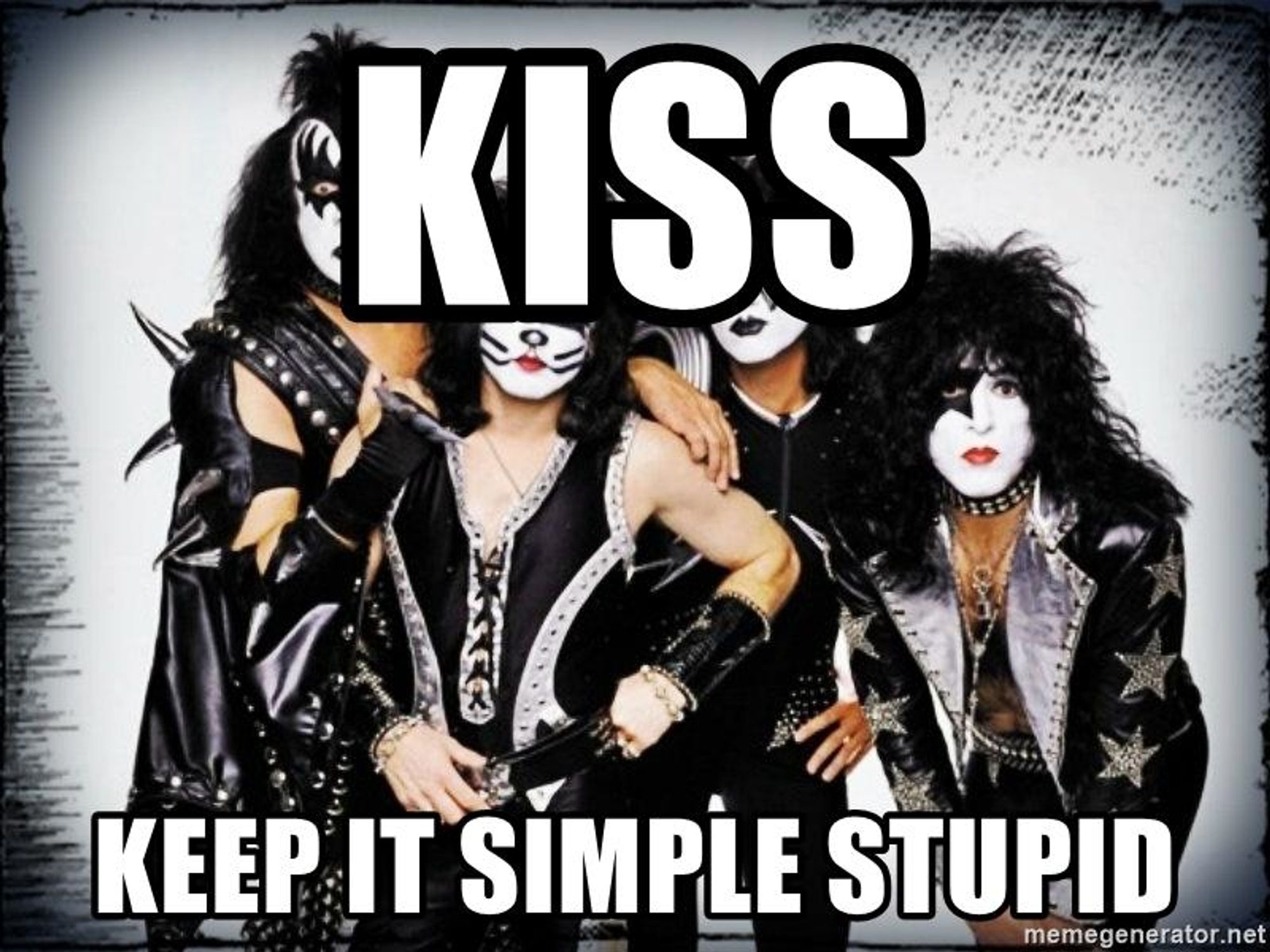How To Be Assertive In The Workplace

Are you assertive in the workplace? Assertiveness is one of the many qualities that makes a good leader. Without this trait, leadership can be a challenge.
So, what if you’re not a naturally assertive person but want to move up the ladder? Or, what if you’re not confident enough to assert yourself in the workplace? Here are some tips from some of our approved career experts:
Focus On Leading

“The important thing to do is to stand up for yourself in a manner that doesn’t trample on other people,” says Bud Bilanich, author of Climbing The Corporate Ladder. “This is a good working definition of being assertive.” Bilanich stresses that if you’re in a leadership position, you have the right and, more importantly, the responsibility to direct the actions of others. “Don’t focus on being friends with the people you lead,” he advises. “Focus on leading them.”
So, how do you do this? Set goals with them and review their performance frequently. Provide them with positive, encouraging feedback when they do well, and redirect their behavior when they get off track.
Be Proactive

According to Dorothy Tannahill-Moran of NextChapterNewLife.com, assertiveness is a crucial trait in a leader. But what if you’re not naturally assertive? “You need to look at where you aren’t asserting your opinion and direction, and think through those situations in advance,” says Tannahill-Moran. She suggests creating a “script” for yourself in advance. This approach allows you to work on your leadership skills in a proactive way.
Look for one opportunity each day to assert your opinions and direction—practice makes perfect! “Keep in mind that you are building a skill, which means it won’t feel comfortable or fluid at first,” she says. “But the more you do it, the better you will be.”
Map Out A Plan Of Action

“Leadership is about directing people and you need to be clear about the expectations of the organization,” says career coach Roshni P. Kumar. Kumar suggests creating a plan of action. For example, if you need to reach your office, the first thing you need to know is its location. Then, you determine the most effective route and guide others (management). “Once you are clear about your destination,” she says, “then you can communicate effectively to your team—and that, my friend, is ‘assertiveness.'”
Being assertive in the workplace takes practice, but once you hone this skill, you’ll be better equipped to succeed as a leader.
If you’re struggling to move up in your career or find the right career for you, we can help. We know how difficult it can be to stand out at work and overcome office politics. We know how it feels to be trapped in a career that isn’t making you happy. That’s why we’d love it if you joined our FREE community where professionals like you are learning how to become empowered in their careers so they can finally find career satisfaction.
Sign up for our FREE community and become a Workplace Renegade today!
This article was originally published at an earlier date.















